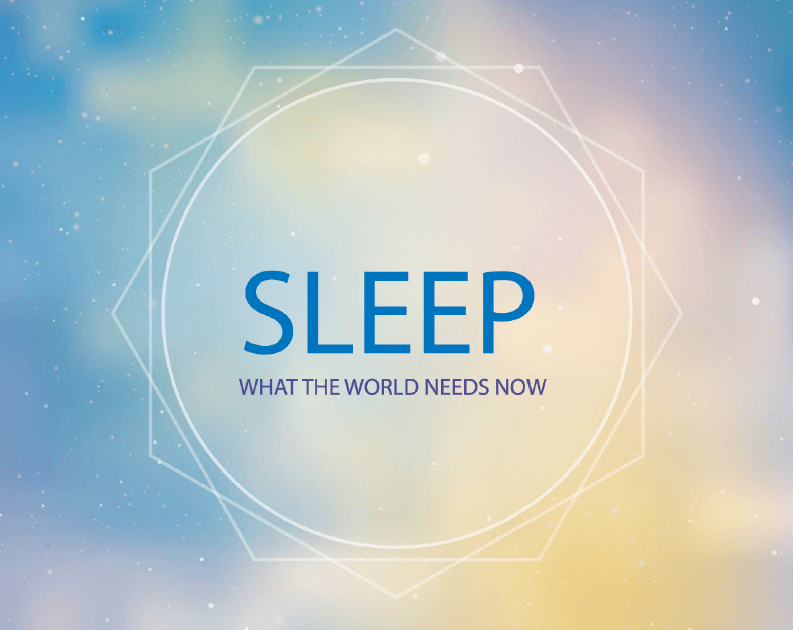Why Work-Ups are so Critical for Proper Diagnosis
by Dr. Andrew Pugliese
Several months back a college senior came to see me because of excessive fatigue and sleepiness. It appeared that, as she got older, her symptoms worsened to the point where she was involved in a car accident because she nodded off while driving and rear-ended the vehicle in front of her. In addition, she was having difficulty at work and had fallen asleep while on the phone with co-workers and clients.
The fatigue had started six years earlier and, as is so often the case, she was prescribed an antidepressant, despite the fact that the patient never complained of depression. The problem here is that hypersomnia can be secondary to depression and all-too-often primary care physicians are prescribing antidepressants based on symptoms alone, without the benefit of a comprehensive workup to rule out other illnesses that can mimic some symptoms of depression.
Complicating the matter, the patient had been diagnosed in the past with gamma globulin deficiency and had been on “immune shots” in the past, but had to discontinue these due to insurance reasons. Another symptom concerning to me was what the patient described what could be interpreted as cataplexy. Cataplexy is a loss of voluntary muscle control brought about by a strong emotional reaction such as laughing or fright. This, however, is the classic definition of the condition and unfortunately, in many patients with cataplexy, the presentation may be much milder. It is not unusual for patients with cataplexy to describe the only physical attribute to be their arm dropping to the side or becoming weak in the knees with strong emotional responses. On several occasions, the patient clearly remembered feeling weak in the knees when she was told a funny joke.
One concern was that much of the patient’s symptoms of fatigue was due to the patient’s recurrent and chronic sinus infections. This is an important concept because chronic recurrent infections can also cause fatigue. According to the patient, her fatigue did not improve whenever the patient was infection-free on antibiotics.
Based on this presentation, the patient was worked up for both immunoglobulin deficiency and narcolepsy because of her excessive sleepiness, fatigue, and possible cataplexy, so an overnight sleep study and a multi-sleep latency test (MSLT) was ordered for the patient. Both studies are essential to making the diagnosis of narcolepsy, which is confirmed with the presence of at least 2 SOREMs or spontaneous onset of REM sleep.
The MSLT is conducted during the day where the patient is asked to take several naps at two-hour intervals (4-5), depending on the center. While napping the patient is monitored to see how quickly he or she falls asleep and how quickly he or she goes into REM sleep, which should not happen with a twenty-minute nap. In this particular patient, it was found that she did not have narcolepsy, but its cousin hypersomnia.
Hypersomnia is one of the three primary hypersomnia disorders known, the second is narcolepsy and the third is recurrent hypersomnia which can be seen in some women around the time of their menstrual cycle, or Klein-Levison syndrome, or what is also known as “Sleeping Beauty Syndrome”. Like narcolepsy, though the patient may experience a rapid onset of sleep, they do not experience the spontaneous onset of REM sleep. In our patient, the onset of sleep for the four naps was two at 5 minutes, one at 7 minutes and one at 10 minutes, placing her somewhere between the severe to the troublesome range. It should also be mentioned that the patient did not show any sleep apnea during the overnight study, suggesting that sleep apnea could not be contributing to her hypersomnia.
Treatment for hypersomnia is similar to narcolepsy, by using stimulants or REM sleep-promoting drugs like sodium oxybate. This patient is being tried on armodafinil or Nuvigil and she seems to be doing well on it.
The larger concern though, is that all primary hypersomnia disorders are considered rare, but are these disorders really as rare as the literature makes them out to be or are they under-diagnosed?
As already stated in this particular case, the initial diagnosis was depression and the over-prescribing of antidepressants in this country may not be allowing patients to be diagnosed properly. Lately, in my office, I’ve had several patients come in already on a combination of an antidepressant with a stimulant like Adderall, which was added on later because the patient was complaining of excessive daytime sleepiness despite being on an antidepressant.
Many of the complaints I hear from patients on such combinations include worsening anxiety, confusion and, in some instances, hallucinations; all of which can be due to interactions between the two medications. This is another reason why there must be a more comprehensive workup to rule out depression before prescribing antidepressants.
It is my belief that primary hypersomnia disorders are more prevalent than the medical literature has us believe, and that the clinical trials done in the past do not allow for the clinician to recognize all those that may have an atypical presentation of these disorders. It is time for the medical community to come together to realize the benefits of aggressive comprehensive workups for excessive daytime sleepiness versus a trial-by-error approach with various and sometimes multiple antidepressants and stimulants based on TV commercials and magazine ads.







